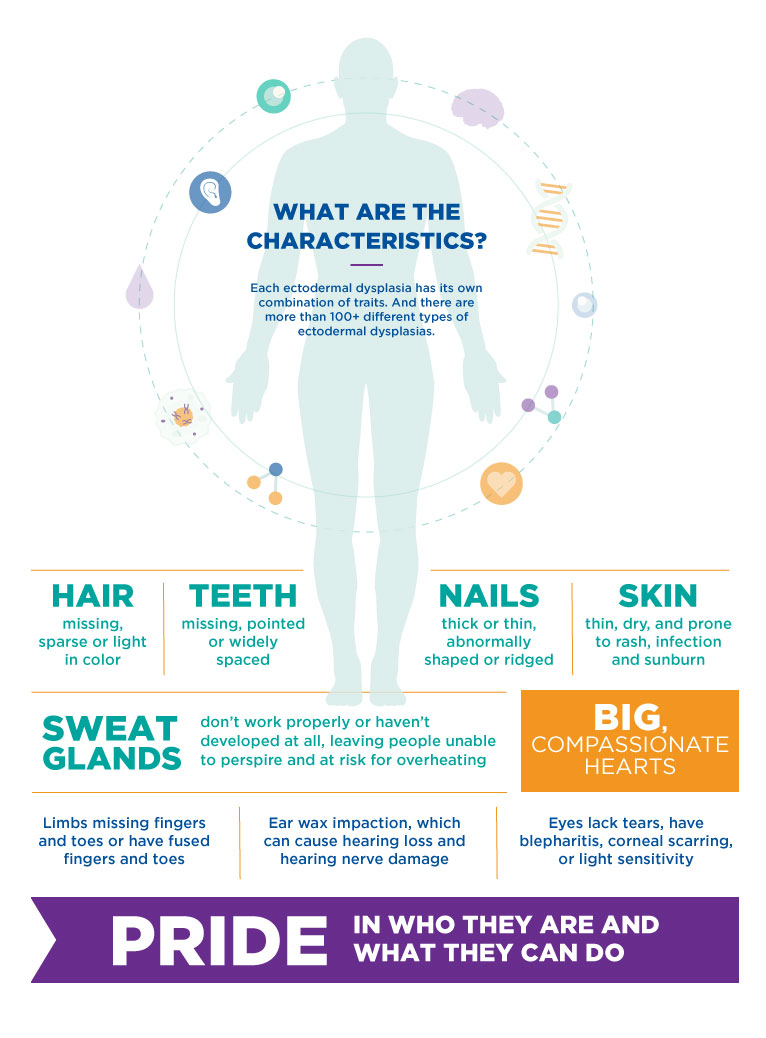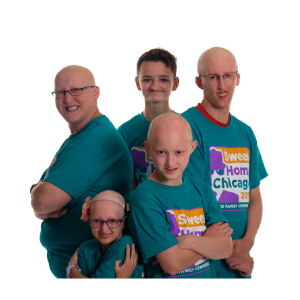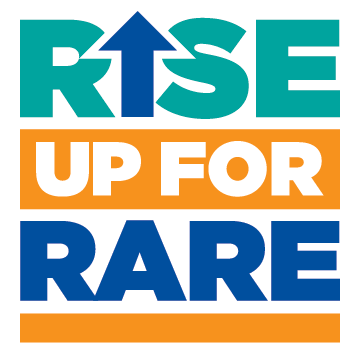Ectodermal dysplasias are genetic disorders that can be inherited from your parents or happen more spontaneously by changes (or mutations) in your genes before you’re born. They affect about three out of every 10,000 babies. But ectodermal dysplasias are much more than a hidden genetic issue. The disorders are characterized by abnormally functioning hair, nails, skin, teeth and sweat glands that affect each person differently.
Key Characteristics
See how ectodermal dysplasias often present themselves and the common traits shared by those living with ectodermal dysplasias.

Types & Diagnosis
With all of these different symptoms to consider, it’s not surprising that there are at least 100 different types of ectodermal dysplasias, all with a unique combination of characteristics. This means that getting a precise diagnosis can be tricky! Thankfully, genetic testing is now available for 60 of the syndromes and some healthcare specialists can make a clinical diagnosis based on visible signs and family history.
What about those who aren’t diagnosed with a specific type? Ongoing research supported by the NFED is working to classify “type unknown” ectodermal dysplasias. Not only can science help with a diagnosis—it can lead to better treatments and, one day, a cure.
How You Can Help
Children and adults affected by ectodermal dysplasias might have shared medical characteristics, but they also lead unique and fulfilling lives. If you have friends, family or colleagues living with ectodermal dysplasias, you might be wondering what to expect and how to help them cope with a diagnosis. Your support will be appreciated, and you’re welcome to join our NFED community to learn more and get involved.
Rise Up For Rare
If you’re ready to show your support, there’s no better time than Ectodermal Dysplasias Awareness Month! During the month of February, there are lots of ways to connect with NFED, people affected by ectodermal dysplasias, and fellow supporters.
Visit our awareness month page to learn how you can #RiseUp4Rare, like celebrating International Ectodermal Dysplasias Awareness Day on February 20th. It’s the perfect time to make a gift in support of critical research and share what you’ve learned on social media.
What questions do you have about ectodermal dysplasias? Do you know someone with ectodermal dysplasia that you’re planning to celebrate during awareness month? We’d love to hear from you in the comments.


I have a 15 yr old boy with ectoderm dysplasia
Hi, Rae. Thank you for sharing! We are glad that you have reached out. I hope you have been able to peruse our website and get helpful information. Also, be sure and join using this form: https://nfed.org/join-us/. That way we can email you with updates, send you information and offer support. Let us know if there’s anything we can do to help. You can call our office and talk to a real person! 618-566-2020. We are here, supporting you, supporting each other. ~ Jodi, NFED, Director, Marketing and Communications